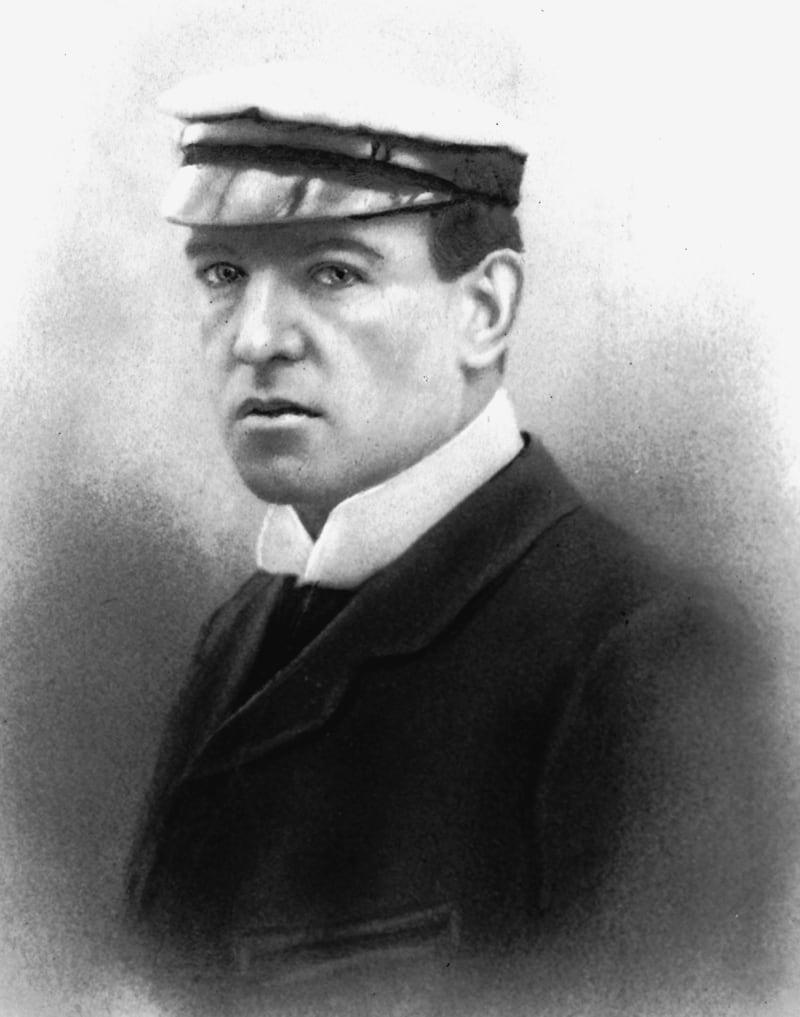In pursuit of an impossible dream, he jumped off a sinking ship, lived on a chunk of floating ice, defied brutal Antarctic conditions, trekked through uncharted lands and cheated death again and again. Miraculously, Irish explorer Sir Ernest Shackleton survived repeated attempts to complete one of the greatest human feats of endurance and exploration in history.
He aimed to become the first human to reach the South Pole. Four times he tackled the Antarctic, persisting with such bravery that his efforts inspired a book and films. The last of those expeditions, in 1922, took Shackleton’s life. While his voyages are well documented, one mystery has persisted for more than a century.
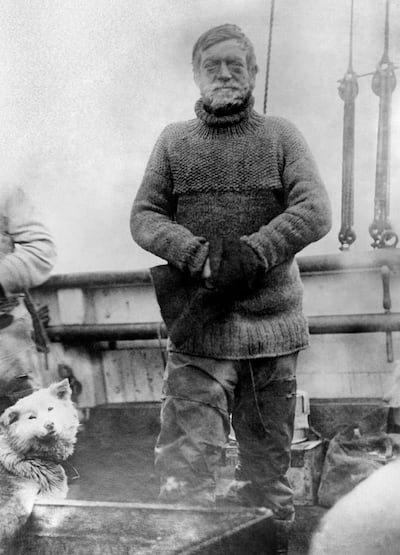
Historians, marine archaeologists and treasure hunters have searched for the famous shipwreck of HMS Endurance, Shackleton’s vessel that sank in the seas around Antarctica in 1915. Expedition after expedition has failed to pinpoint the submerged ship, until March 4, when it was finally discovered.
A team of more than 60 people on board the SA Agulhas II located the Endurance more than 3 kilometres below the surface of the Southern Ocean near Antarctica’s northern coastline. Remarkably, the ship remains in good condition.
“This is by far the finest wooden shipwreck I have ever seen,” said marine archaeologist Mensun Bou, who was part of the expedition. “It is upright, well proud of the seabed, intact and in a brilliant state of preservation. You can even see Endurance arced across the stern, directly below the taffrail.”
Ernest Shackleton's lost ship found off the coast of Antarctica
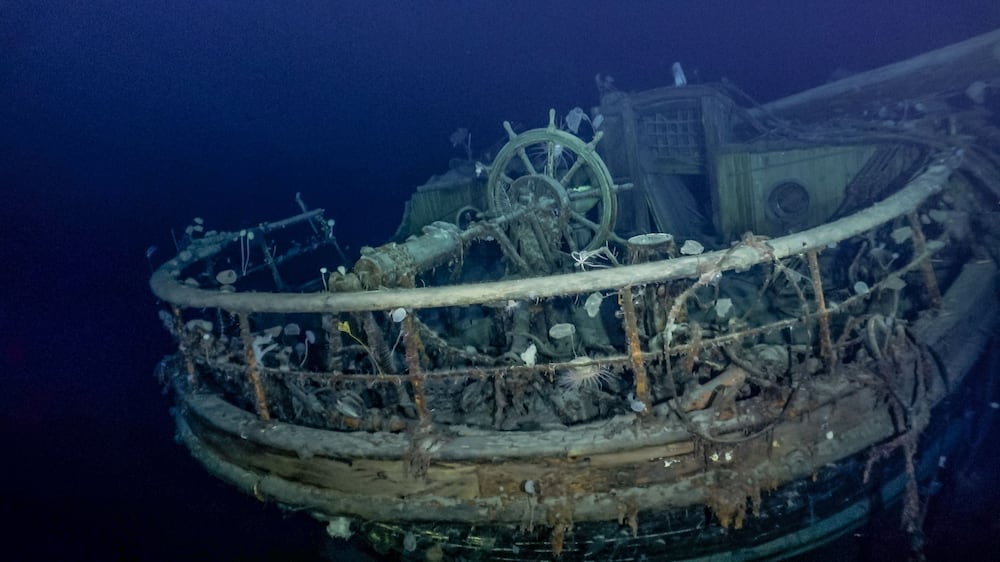
Tourists who can’t make it to the far-flung southern reaches of our planet to tread in Shackleton’s footsteps can instead learn about his achievements in London and Ireland. He was born in 1874 in the tiny village of Kilkea, about 60km south-west of the Irish capital, Dublin.
A statue of Shackleton, arms crossed and gaze fixed on the horizon, stands in the middle of the nearby town of Athy. That memorial is located alongside the world’s only Shackleton Museum. This small but informative facility, which is open Monday to Friday and at weekends by request, is centred around a 4.5m-long replica of the Endurance.
Surrounding that model is an exhibition of rare Shackleton family photographs. There are also several artworks dedicated to his voyages, a replica of the cold weather suits he wore while trekking towards the South Pole, and a TV display that screens archival footage of the Endurance expedition.
Visitors can also learn about the man himself by reading a detailed timeline printed on the museum’s wall. While this explorer is often described as British, due to having grown up in England, here in County Kildare he is considered a proud Irish export. Shackleton was 10 years old when his family moved to Sydenham in London.
Travellers can look for the blue plaque bearing his name that now marks where they lived, in a graceful mansion opposite one of South London’s most attractive green spaces, Crystal Palace Park. Or they can choose to stare at this hero, eye to eye, in downtown London.
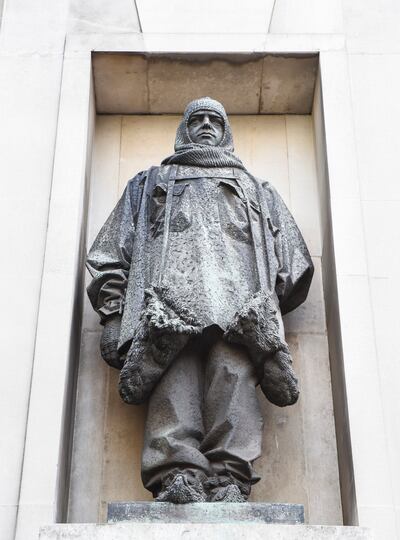
A large statue of Shackleton has been granted a prominent position in the heart of the city’s tourist district. In front of Shackleton sits the sprawling Hyde Park and Kensington Palace, the former home of Princess Diana. Behind him is the world-renowned Royal Albert Hall, the Victoria & Albert Museum and the Natural History Museum.
Tourists to London can learn about Shackleton’s polar expeditions at the National Maritime Museum or by viewing the Antarctic Collection at the Natural History Museum. This latter facility helped to investigate the findings of Shackleton’s first voyage to the South Pole, as part of the Discovery expedition in 1901.
Although his parents wanted him to become a doctor like his father, at age 16 Shackleton joined the merchant navy and within eight years ascended to the rank of master mariner, the highest qualification for a seafarer. It was during that period that he became obsessed with this planet’s poles, leading him to join Discovery.
Together with expedition leader Robert Falcon Scott, Shackleton went deeper into Antarctica than any human on record at that point. The focus of that voyage was scientific research, rather than reaching the South Pole. But it was that latter aim that preoccupied Shackleton.
In 1908 he launched his own expedition aboard the ship Nimrod. He and his crew became the first men to scale Antarctica’s Mount Erebus and got closer to the South Pole than anyone before. That still didn’t satisfy Shackleton, especially after the South Pole was finally reached in 1911 by Roald Amundsen, the Norwegian explorer.
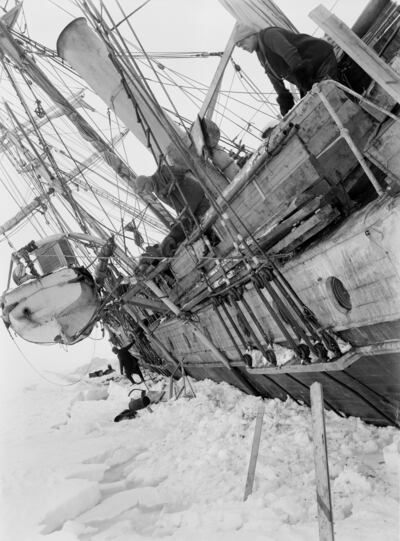
That spurred Shackleton to return to the Antarctic, this time on Endurance in 1914. The next year that expedition struck disaster when the ship got stuck in ice, drifted for 10 months and then began to be crushed by frozen seawater. By the time the Endurance disappeared beneath the sea, Shackleton and his 27 men were living a desperate existence on floating ice.
Keeping their spirits up by playing football and music, they somehow survived this ordeal for many months before Shackleton and six men went to seek assistance. They travelled more than 1,300km in a small boat. Then they hiked across Elephant Island for days and finally found a whaling station and help. All of his men lived.
Yet Shackleton’s good fortune was not unlimited. As explained in Ireland’s Shackleton Museum, at the age of 47 he set out on his fourth expedition to the deep south. He had a grand plan – to circumnavigate Antarctica. He never even got close to achieving that lofty aim, dying from a heart attack early in in the voyage before being buried on South Georgia Island, almost 2,000km east of Argentina. While few tourists will ever reach his incredibly remote grave, memory of this courageous explorer can be embraced at museums and memorials across Ireland and England.
